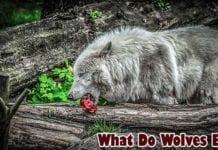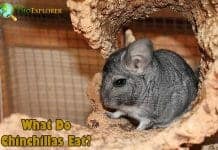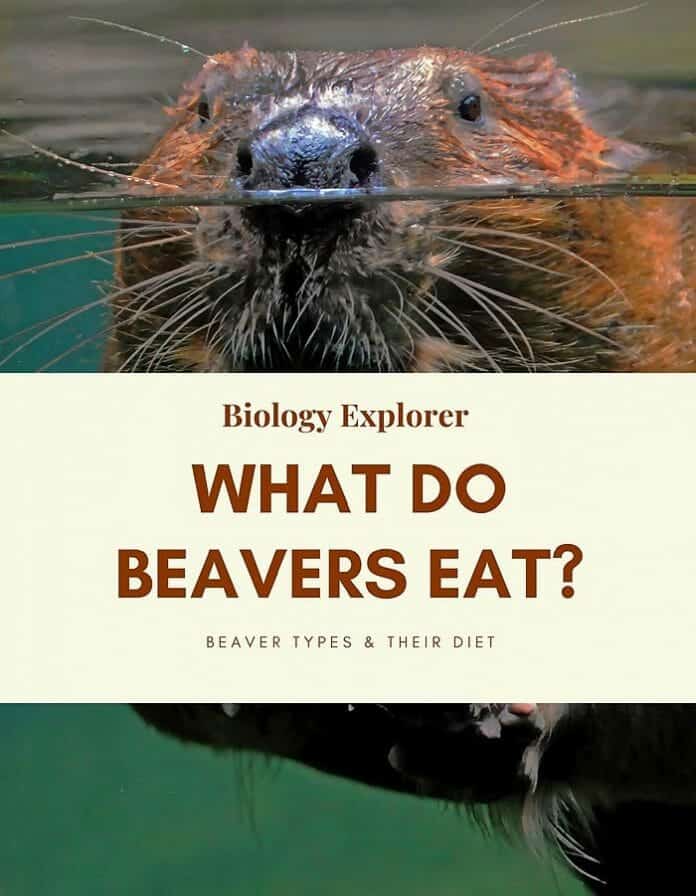
What Do Beavers Eat? Beavers are some of the largest animals classified in the order Rodentia. These animals are notable for their thick fur, webbed feet, and tails can be distinguished by the scales that line them.
Beavers are mostly herbivorous. Their diet consists of woody plants. Beavers have a unique ability to digest cellulose, which is not the case in many other mammals in the animal kingdom.
Table of Contents
What Do Beavers Eat?
| North American Beaver (Castor canadensis) | Aquatic plants, woody stems, leaves, willow, aspen trees, birch, alder, poplar, and maple. |
| Eurasian Beaver (Castor fiber) | Willow, birch and aspen trees, twigs, shoots, leaves, aquatic plants, roots, and buds. |
![]()
Types of Beavers & Their Diets
Two extant beaver species have been described, and this article will focus on them.
The North American Beaver
| Animalia | Rodentia | Castoridae | Castor | Castor canadensis |
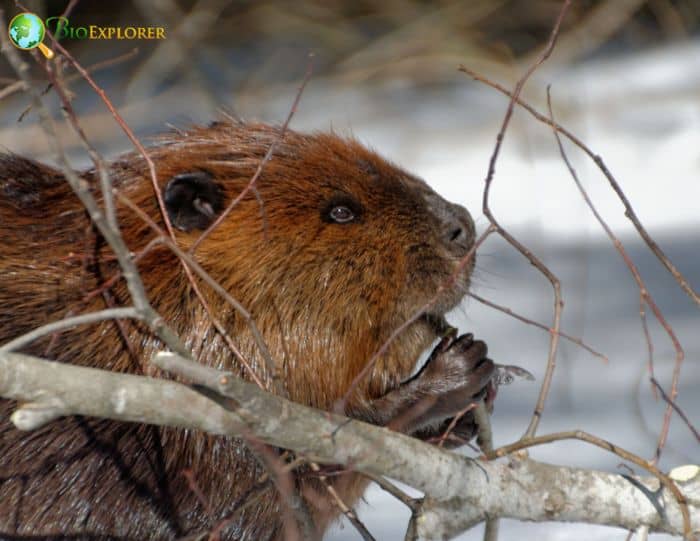
The North American beaver is the largest rodent in America. The North American beavers can grow to a height of 74-90 cm, and they weigh anything between 16-30 kg.
- The North American beaver’s furry coat assumes a yellow-brownish to black hue. They also have long dark-orange incisors that grow throughout their lifetime.
- This animal can be identified because of its scaly long black flat tail.
- The tail comes in handy to provide balance for the animal, helps it swim, and is also essential for sounding an alarm in the event of danger.
The North American beaver is herbivorous. Its diet mainly consists of aquatic plants, woody stems, and leaves. This beaver’s favorite delicacies include willow, aspen trees, birch, alder, poplar, and maple.
Beavers have the unique ability to digest cellulose, something other mammals cannot do. These animals have microorganisms in their cecum that allow them to digest cellulose.
The North American beavers are herbivores; hence, there is no information about these animals hunting.
![]()
Eurasian Beaver
| Animalia | Rodentia | Castoridae | Castor | Castor fiber |
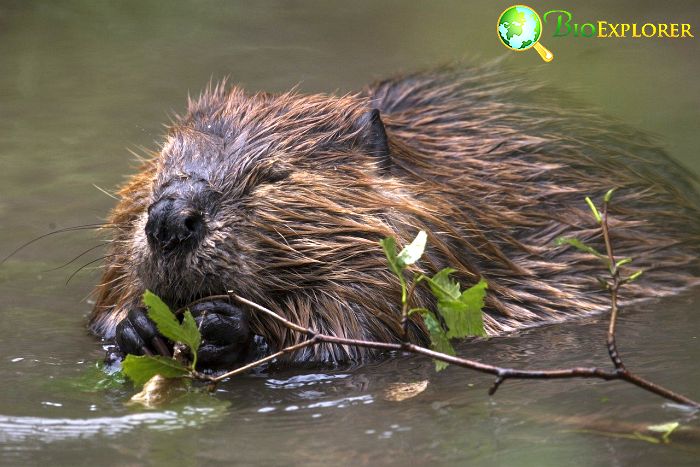
The Eurasian beaver is also considered the European beaver. This species was previously widespread in Great Britain and throughout Europe, but they were hunted for their fur and castoreum.
- The Eurasian beavers can grow to lengths of 73-135 cm and weigh anything between 13-35 kg.
- The Eurasian beavers have two fur layers. The undercoat is gray, while the outer layer has long red-brown hairs.
The Eurasian beavers are herbivorous. Their diet over the winter is mainly composed of woody plants, with their preference being willow, birch trees, and aspen.
During summer, these beavers tend to prefer a diet consisting of twigs, shoots, leaves, aquatic plants, roots, and buds. Beavers are living next to agricultural land feed on crops.
There is no information about the Eurasian beavers hunting, considering they are herbivorous.
![]()
When Do Beavers Eat?
Beavers display nocturnal tendencies, which means they are likely to be found foraging at night. It is also worth noting that these busybodies spend a considerable portion of their day eating and building different structures, including dams.
![]()
How Often Do Beavers Eat?
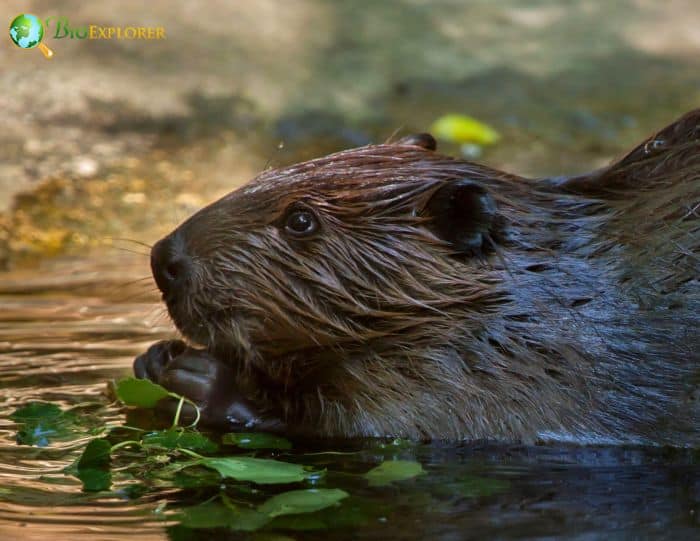
How often beavers eat depends on their size, season, and activity level.
- Beavers frequently dine on twigs and foliage for them to realize their daily energy need.
- During summer , beavers have been noted to consume anything between 1.5- 2 kg of food.
- During winter, their food consumption drops to about 0.9 kg a day.
- In the harsh winter, beavers consume their stashed food.
![]()
What Eats Beavers?
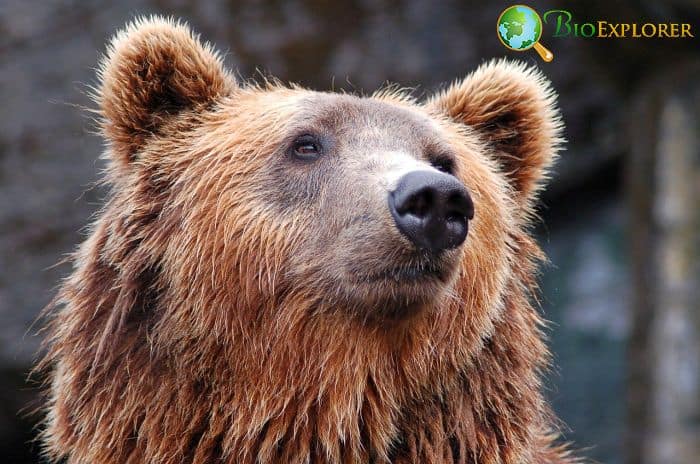
The beavers’ burrows and lodges make them inaccessible to predators.
- Further, adult beavers have mastered a way of scaring predators. They slap the water with their flat tails, an action that confuses potential predators.
- Even with their exceptional ability to ward off prey, the younger members of this species are vulnerable to predators that consider them a perfect delicacy.
Examples of predators that hunt beavers include foxes, coyotes, the great horned owls, bobcats, and otters. Brown bears, lynx, wolverines, black bears, and humans hunt young beavers.
![]()
Do Beavers Eat Fish?
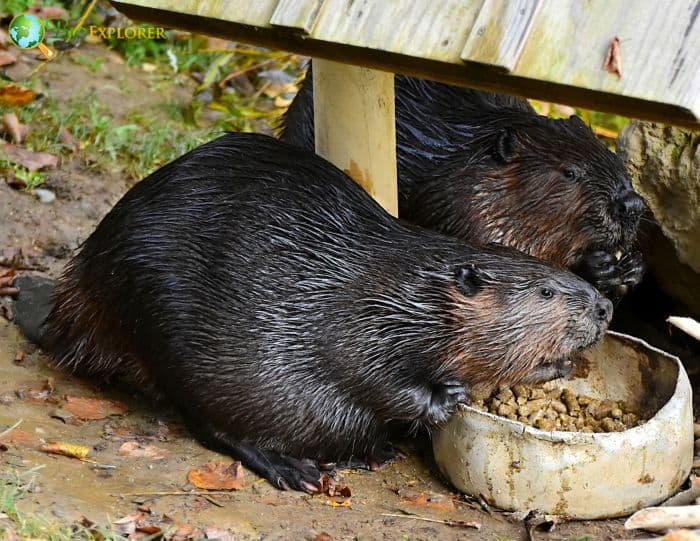
Although the common myth is that beavers eat fish, it is not valid. Beavers, in actuality, are strict vegetarians (herbivores) whose diets mainly consist of tree leaves, seagrass vines, green vegetables, and a wide variety of other plants.
- They do not even have the correct biological traits to consume meat properly! Specifically, the infamous large, chiseled incisors of beavers are great for gnawing on the wood of trees, keeping the teeth sharp, but not so practical when eating fish or other animals.
- However, it should be noted that although beavers do not directly harm fish, some people believe that the products of their actions can do so.
- To be precise, there is a minor worry that the beavers’ dams block the migration of certain fish species (e.g., salmon), potentially decreasing their population. Nevertheless, most studies on this topic show that beaver dams do not affect the fish population or that the impact is minimal.
![]()
Do People Eat Beaver?
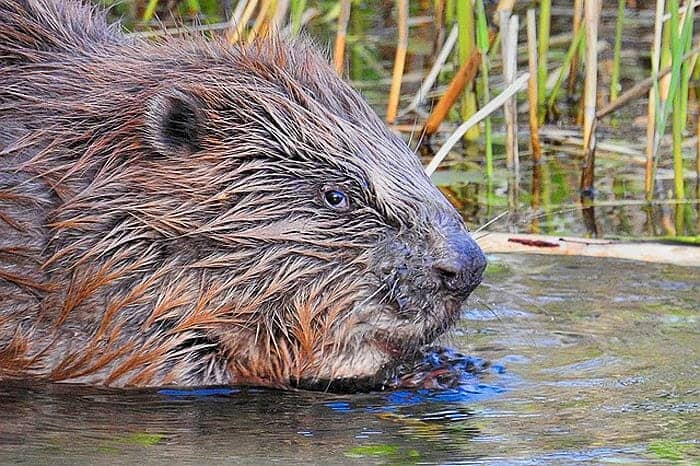
Yes, beavers are edible; the most common parts eaten are the meat, the liver, and the tail.
- Beavers are also an excellent source of protein, fat, vitamin A, iron, and many other nutrients, making them one of the healthiest animals consumed by humans.
- Native Americans (most notably the Ojibwe tribe) have even been documented as far back as the 1400s to eat the meat and tails of beavers.
- Additionally, they sometimes use different parts of the carcass to produce traditional medicines. It should also be noted that many famous dishes across North America use beaver.
- For example, one delicacy in Canada – a country where the national animal is the beaver — known as “beaver ‘n batter” requires fine slices of beaver meat and bacon to be fried and then eaten together. Another popular beaver dish is “beavertail beans“, a dish where a beavertail is roasted and boiled in beans.
![]()
Why Do Beavers Bite Trees?
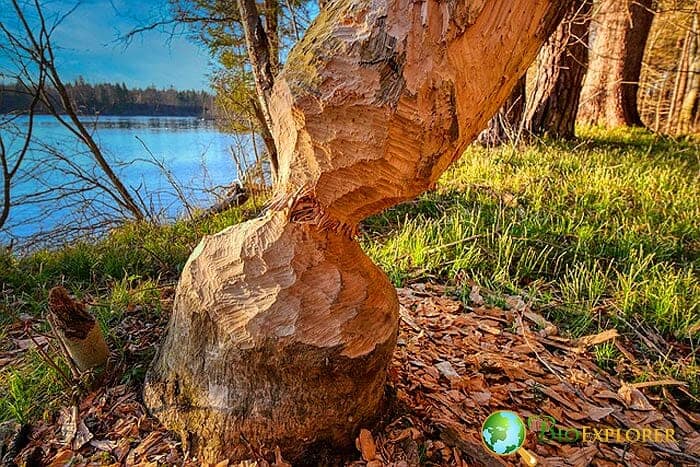
Commonly known as Mother Nature’s Engineers, beavers bite and cut down about 200–300 trees annually for two main reasons: their lodging and food.
- Firstly, regarding lodging, beavers are widely known to gnaw on trees with their sharp front buck teeth and take the logs back to their ponds to help construct their lodges and dams.
- Some of the most common trees they do this with are cottonwoods, willows, poplars, aspens, and more.
- On the other hand, regarding food, beavers consume parts of the trees. Specifically, they typically enjoy an inner layer of the bark known as cambium and the branches and leaves; all the other parts of the tree are either discarded or used in their dams/lodges.
- It should also be noted that it is not uncommon for beavers to bring logs into their ponds to store as food (so that they can eat during harsh winters) during the fall.
- It is also worth mentioning that beavers cutting down trees helps keep their teeth sharp and ready for use whenever needed.
![]()
Are Beavers Friendly To Humans?
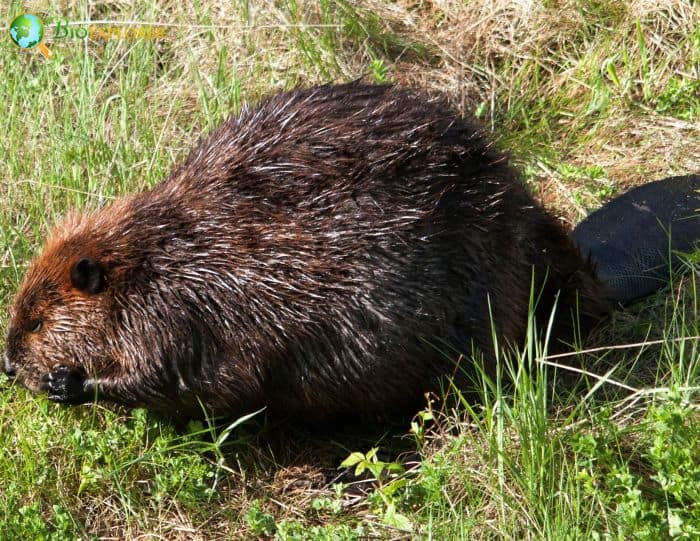
Beavers are naturally timid creatures; without any provocation, they will rarely hurt humans. However, this might change if they feel threatened or scared enough by outsiders.
- Specifically, if this happens, before attacking, they will usually start to growl and stand on their hind legs to look scarier. However, if these warnings aren’t adequate to deter the potential threat, they could bite, which is quite dangerous to humans as they often carry potentially fatal diseases, such as rabies, tularemia, and much more.
- However, it should also be noted that in some cases, beavers that are scared while in water will dive and retreat from the threat. Additionally, it is worth mentioning that the bite of the beaver itself can sometimes be lethal.
- For example, in 2013, a Belarusian man was bitten by a beaver he was trying to photograph; he eventually bled to death because he couldn’t get medical assistance fast enough.
![]()
Where Do Beavers Fit in the Animal Food Chain?
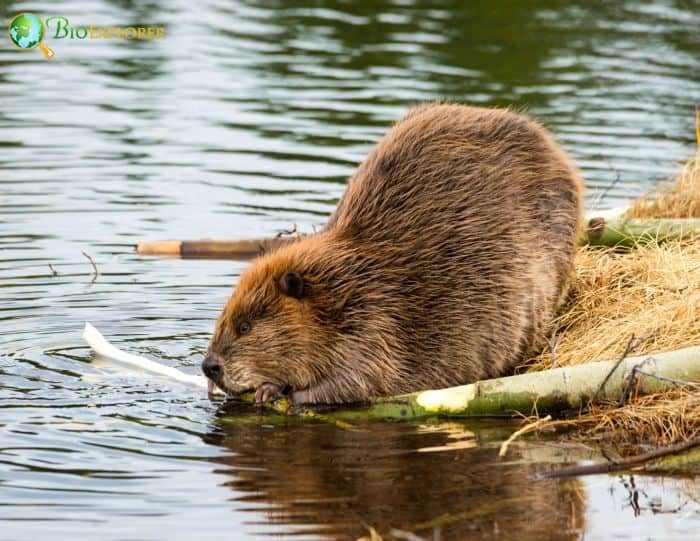
Juvenile beavers are an excellent source of proteins to organisms like coyotes, foxes, bears, otters, wolves, and wolverines that hunt them for food.
- By providing their predators with nutrients, beavers help promote their growth and ability to thrive and propagate.
- It is also worth noting that by building ponds, beavers create entire food chains.
- The dams created by these animals support the growth of saplings, bushes, grasses, and sedges, all of which provide cover and food to other animals.
![]()
Given the above, it is apparent that beavers play an essential role in the animal food chain. Without these organisms, the animal food chain would be compromised due to being thrown out of balance.
![]()


